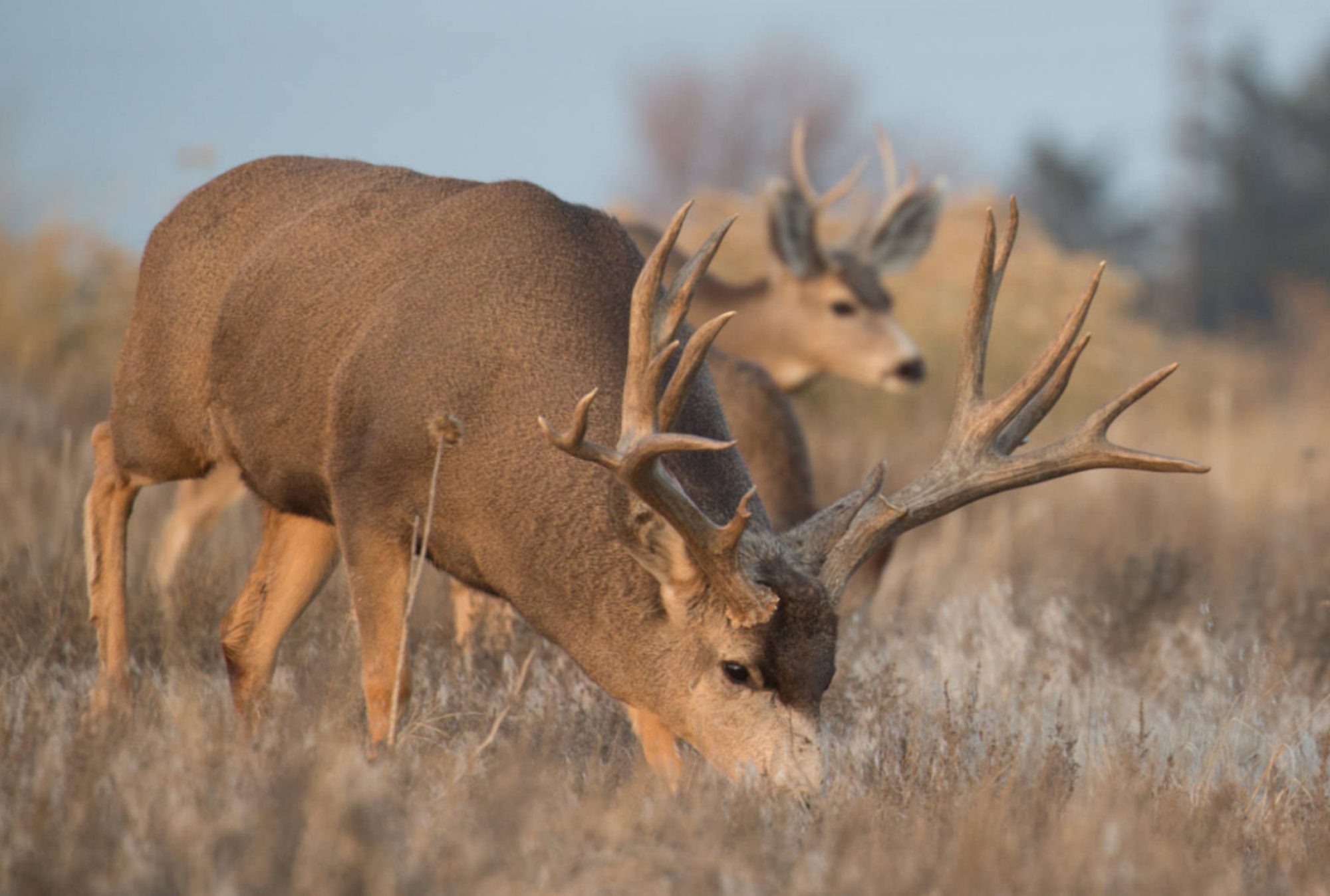Here are a few tips and tactics that will help you find success when using the Ultimate Predator Calls app.
- Have your shooting lane downwind or crosswind! Predators like to use the wind to see what is making all that noise.
- Start off quietly on the volume and as the set progresses, increase volume to extend the sound further out. You don’t want to blow animals out by making a lot of noise right away.
- Use brush or stumps to break up your outline when calling.
- Remain as still as possible, predators pick up on movement quickly.
- Hunt with a buddy, two sets of eyes are better than one.
- Be ready, because things can happen very quickly!
- Always be sure of your target and beyond.
- Be patient when hunting bear or cougar to ensure no cubs are present.
- You can also use these sounds to help cover the noise you make going through brush, so animals will think it is another animal and not a human. The “Cow Elk” set has proven particularly efficient in this strategy. Keep in mind, you still might call in animals even while walking using these sounds.
Here are a few tips and tactics that will help you find success when using the Ultimate Deer Calls app.
- Use the sounds sparingly. Meaning, do not constantly play them, but let some time pass between sounds. Particularly with the buck and doe sounds.
- Use the Fawn Distress sound if you have a doe tag! Doe will instinctively come into this sound, often on a run, to protect a fawn.
- You can use the Fawn Distress sound for predators. Use it continually for an hour to attract bear. Or, play the sound for about 3-4 minutes, pausing for a minute or so, and then replay. Do this for about 15-30 minutes for coyotes.
- Watch your wind, animals will often try to circle you to catch your scent so be sure you shooting lane is downwind from your position.
- Create situations in your head about what is going on. Is a buck meeting a doe and then another buck shows up and a fight starts? Use the sounds available to showcase this situation. For example, a buck grunt and doe bleat, followed by an estrus bleat, then thrashing brush and finally ending with the sparring sequences.
- Be patient and stay keenly aware of your surroundings. Bucks may hang back and peer into the distance trying to make out what all the fuss is about.
- Be sure of your target and beyond! Make safety a top priority. If the shot isn’t right, wait for the correct opportunity. It is better to not take a shot than to wound an animal and possibly lose it.
